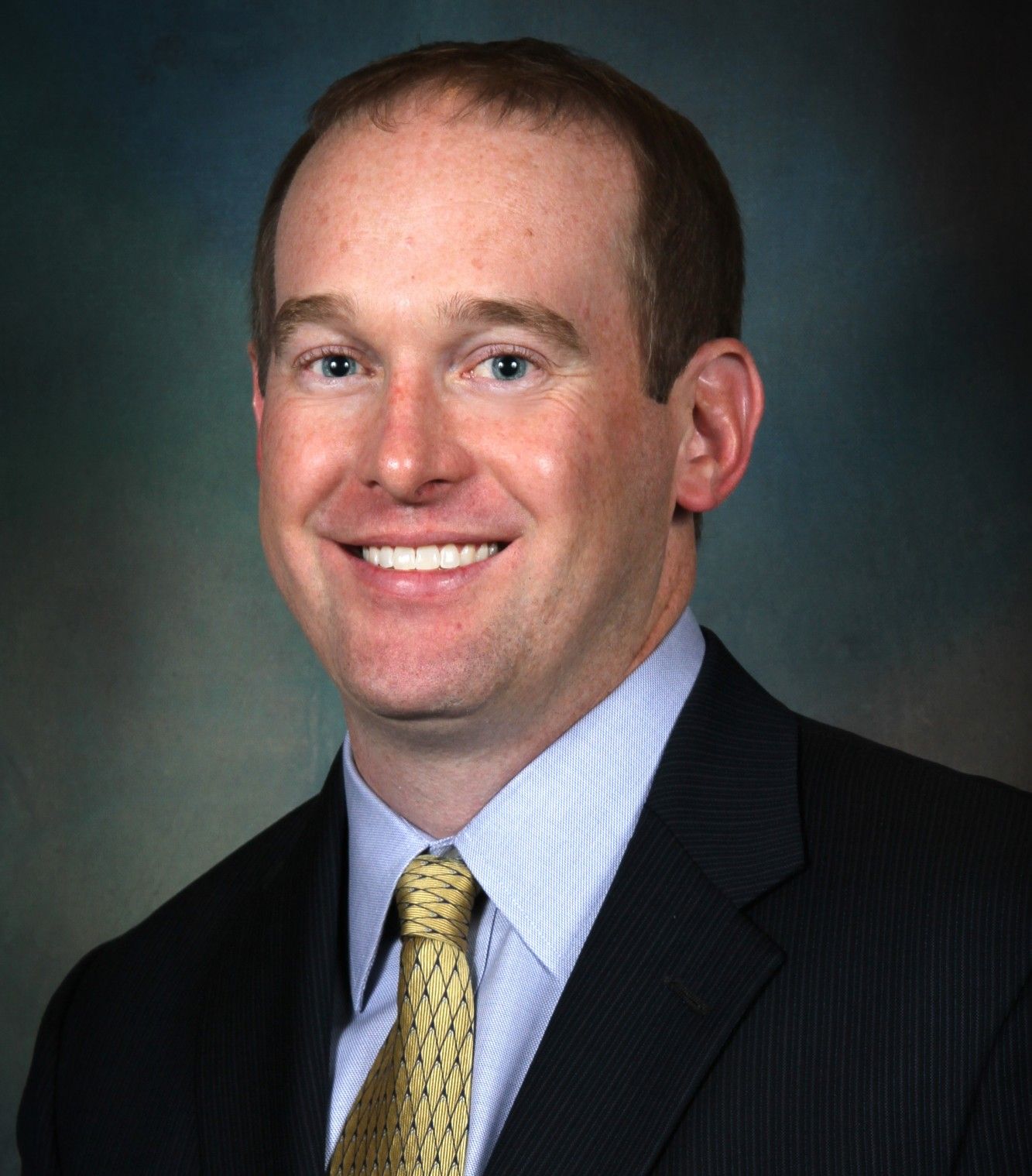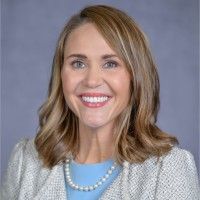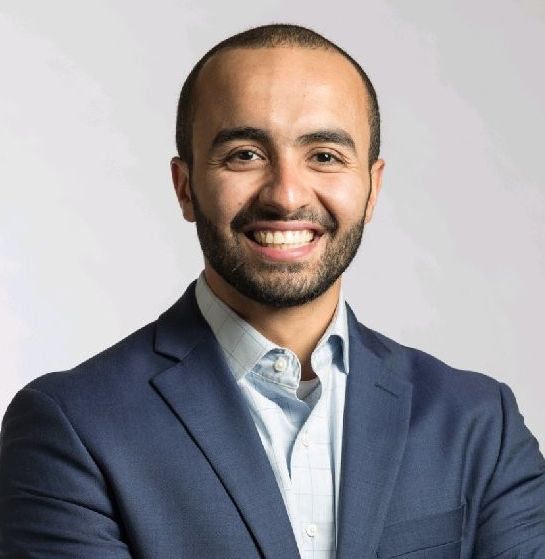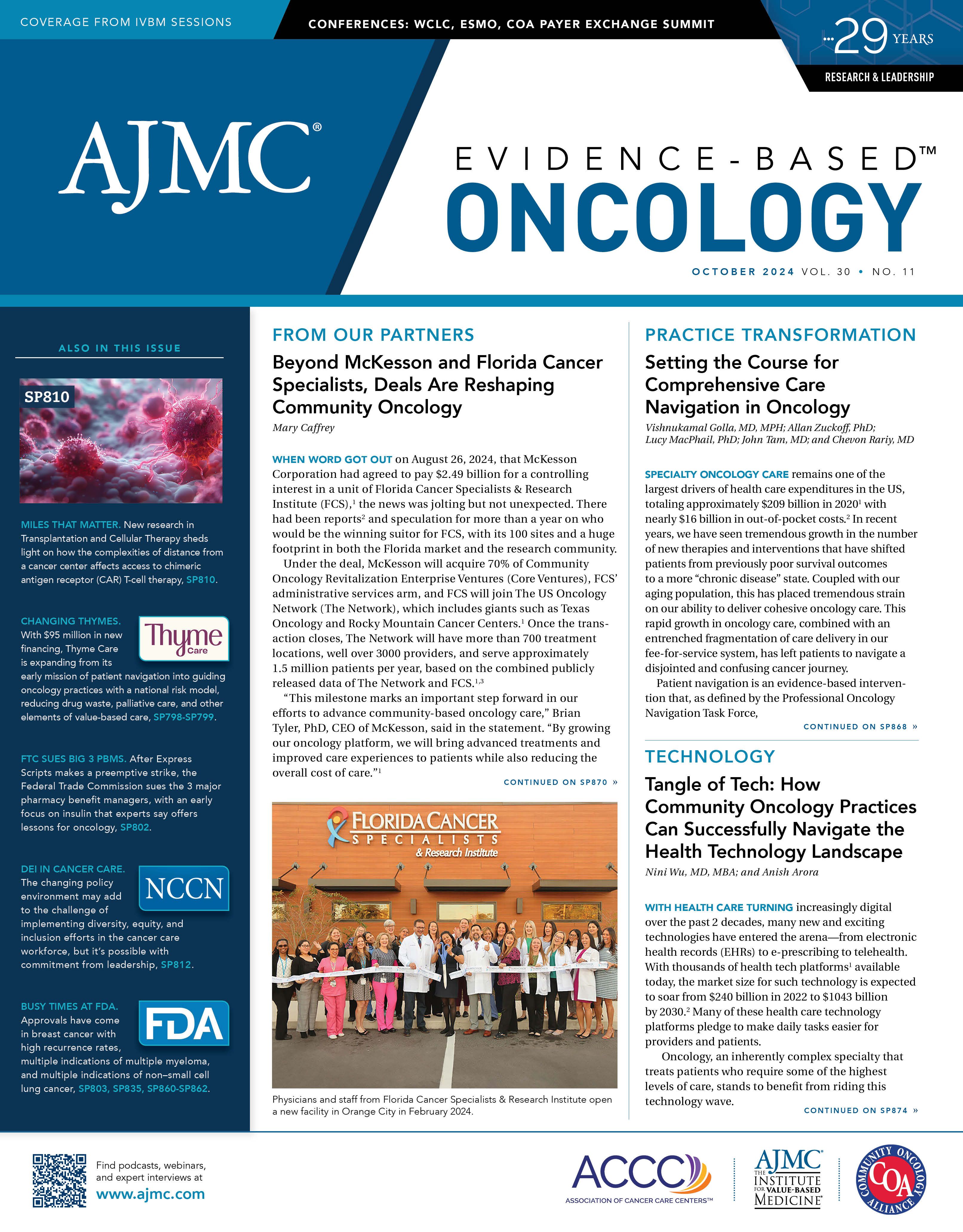- Center on Health Equity & Access
- Clinical
- Health Care Cost
- Health Care Delivery
- Insurance
- Policy
- Technology
- Value-Based Care
The Daily Balancing Act of Value-Based Cancer Care
In value-based care, there’s a daily balancing act to achieve quality outcomes, cost reduction, and patient care improvements, explained Stuart Staggs, vice president of transformation, quality, and shared services for The US Oncology Network (Network). At the Institute for Value-Based Medicine event, cohosted by The American Journal of Managed Care (AJMC) and Minnesota Oncology, Staggs kicked it off with what he called a “practical look at value-based care.” He highlighted 4 main areas: quality, improvement, adoption, and cost.
Stuart Staggs, MSIE | Image: McKesson

For the quality space, the goals of the Oncology Care Model (OCM) included reducing emergency department (ED) visits and inpatient stays.1 There was a focus on proactively reaching out to meet patient needs and avoid preventable inpatient stays and ED visits by getting patients to come to their oncology practices first for care to reduce their acuity levels.
What the Network has seen is that pain is high on the list of complaints for patients going to the ED, according to Staggs. The practices started looking at pain care, how to capture it, and how to measure the progression of pain. The Network created 2 tool kits to address pain management and reduce hospitalizations and ED visits by using technology and data.
The area of improvement that the Network wanted to focus on was advanced care planning and better supporting and engaging patients and their families around hospice and life support. During the OCM, the Network better engaged patients and families around hospice care and encouraged practices to have difficult conversations. Not only does this improve patient experience by providing them the end-of-life care that they want, but there is also a cost factor. Patients who don’t receive hospice care spend significantly more in the last 30 to 60 days, Staggs said.
Around adoption, he discussed assessing and addressing patients’ social needs and equal access to care. “We’re trying to leverage more and more information to make it more actionable for practices to say, ‘How do we meet the needs of certain patients in certain areas to make sure we’re more engaged with our communities [and] more engaged with trying to break down social barriers and create more equal access to care?’”
The Network has adopted the National Comprehensive Cancer Network Distress Thermometer, which looks at different types of needs, such as housing, financial insecurity, transportation, and food insecurity. Social workers and community health workers are being integrated into care teams to take on some of the practical needs that patients have. These days, Staggs said, social workers are really busy, and they can’t be everywhere all the time, so the Network has also been using a CMS measure to assess patients and screen them for social needs.
Lastly, Staggs looked at cost, which is a large part of the value-based care balancing act. In the OCM, drug costs started at close to half of total cost, but by the end of the model, they were over 60% of total costs, he said. Now, the Enhancing Oncology Model is focused on just 7 cancers that are higher risk and higher cost, and the cost of drugs is even more of the total cost of care.
“A lot of things we’re doing around cost involve local pharmacy teams and leaders to do drug initiatives,” Staggs said. The foundation of drug initiatives is the clinical outcome, and there’s always a balance between the margin and the impact on the total cost of care.
Scott Soefje, PharmD, MBA, BCOP, FCCP, FHOPA | Image: Mayo Clinic

Chelsee Jensen, PharmD, BCPS | Image: Mayo Clinic

In a panel discussion to cap off the night, Scott Soefje, PharmD, MBA, BCOP, FCCP, FHOPA, the director of pharmacy cancer care services and an assistant professor of pharmacy at Mayo Clinic; and Chelsee Jensen, PharmD, BCPS, senior pharmacy specialist and pharmaceutical formulary manager at Mayo Clinic, focused on balancing margin and value in oncology care. They noted that the site of care can impact drug cost and reimbursement. Soefje explained that, at Mayo Clinic, inpatient vs outpatient care is important. The clinic is looking to reduce the use of expensive drugs in an inpatient setting, particularly with Medicare, because of the reimbursement structure.
“We’re giving monoclonal antibodies to an inpatient, and when you look at the entire Medicare reimbursement for that patient’s inpatient stay, it’s less than the cost of the monoclonal antibody that we gave,” he said. There are discussions happening, that it probably wasn’t necessary to give the monoclonal antibody during that stay, and instead, the provider could have waited a week to treat the patient in an outpatient setting.
Jensen agreed that when she sees a drug come through, she’s thinking about how to navigate which site of care it should be delivered in. Although physicians are experts at diagnosing and pharmacists are experts at medications, no one usually understands the drug costs and reimbursement, which is where she comes in to guide providers. “Can we come up with innovative ways to safely treat that patient in the outpatient environment?” she said.
Kirollos S. Hanna, PharmD, BCPS, BCOP, FACCC | Image: LinkedIn

David Dingli, MD, PhD | Image: Mayo Clinic

Finally, the event had a high-level clinical overview of bispecific therapies from David Dingli, MD, PhD, professor of medicine in the Division of Hematology at Mayo Clinic. Community oncologists have to figure out how to adopt bispecific therapies by partnering with hospitals to ensure patients are initiated on therapy and continue to be monitored safely, explained Kirollos S. Hanna, PharmD, BCPS, BCOP, FACCC, event chair and director of pharmacy at Minnesota Oncology, during an interview with AJMC.
In multiple myeloma, the good news is that patients are living longer; however, they aren’t being cured. Instead, they have a response, then they relapse, and then they are treated again, Dingli explained. Typically, their responses to treatment get shorter and shorter with each therapy. However, this all changed about 3 years ago with new therapies: chimeric antigen receptor (CAR) T-cell therapies and bispecific antibodies.
“To put these drugs in context, it’s important to remember 1 number, and that is 4 months,” Dingli said. “If a patient is refractory to 3 classes of drugs in myeloma…the median survival is 4 months.”
Although CAR T-cell therapies have several advantages, many patients with multiple myeloma cannot get them due to a variety of reasons. The challenges with accessing CAR T cells make bispecific antibodies even more important, Dingli said.
He presented the data on 3 different bispecific antibodies, starting with teclistamab, which was the first bispecific antibody approved by the FDA in 2022.2 In the extended follow-up of the MajesTEC-1 trial (NCT04557098), 165 patients who had previously received at least 3 lines of therapy, but not a B-cell maturation antigen (BCMA)-targeted therapy, received teclistamab for approximately 2 years.3
The overall response rate (ORR) was 63.0%, with a complete response rate of 45.5%. The median progression-free survival (PFS) was 11.3 months for all patients and 26.9% for patients with at least a complete response. For all patients, the median overall survival was 21.9 months and had not been reached for patients with at least a complete response. However, Dingli noted that infections were a problem, occurring in 80.0% of patients, including grade 3/4 infections in more than half (55.2%).
Elranatamab is another bispecific that has received approval for patients with multiple myeloma who have received at least 4 lines of prior therapy.4 In the MagnetisMM-3 trial (NCT04649359), patients had an ORR of 61.0% and the PFS had not been reached after nearly 2 years of treatment.5
Dingli highlighted hematologic toxicities, which can be dealt with by reducing the dose frequency or holding therapy temporarily. Elranatamab also has risks of cytokine release syndrome (CRS) and neurologic toxicity. However, Dingli said CRS is “not a big deal” because it occurs almost like clockwork, and once there is an intervention, the patient is out of trouble very quickly. “Most times, you can even keep them as an outpatient,” he said.
Finally, Dingli discussed talquetamab, which was approved in 2023.6 In the phase 1/2 MonumenTAL-1 trial (NCT03399799), patients were treated with 1 of 2 doses. The ORR was 74.1% for the 0.4 mg/kg weekly dose and 73.1% for the 0.8 mg/kg biweekly dose.7 The complete response rate was 9.8% for the 0.4 mg/kg group and 12.4% for the 0.8 mg/kg group. The median PFS was 7.5 months for 0.4 mg/kg and 11.9 months for 0.8 mg/kg.
Dingli noted that there were patients in this trial who were refractory to carfilzomib and pomalidomide, which is important because there is a subgroup of patients who tend to respond well to those drugs, but even those standard treatments had failed and these patients still had fast and high response rates after 1 cycle of therapy. “These are quite impressive numbers,” he said.
Looking at the toxicities, he pointed out dysgeusia, which is altered taste. This adverse effect is not only novel for patients, but it can also be problematic at times because it results in weight loss that should be avoided. Patients also experience CRS and immune effector cell–associated neurotoxicity syndrome, although neither of them are severe in nature, Dingli said.
He finished up explaining that CAR T therapy would be preferred in patients who are fit, have no significant comorbidities, and have good social support. After that, a BCMA bispecific antibody is preferred before GPRC5D-targeted therapy. Although it may be reasonable to treat with a BCMA bispecific after CAR T, there is currently no evidence showing that going from one BCMA bispecific to another is helpful.
Similar to the discussion with Soefje and Jensen, Dingli noted that it is good to try starting the patient as an outpatient whenever possible and monitoring them remotely. However, if a patient has a poor performance status, lack of social support, active disease, or if toxicity is expected, then they will admit the patient to start therapy. “But once the patient is stabilized, dismiss [them],” he said.
References
1. Trombley M, McClellan S, Hassol A, et al. Evaluation of the Oncology Care Model: Executive Summary. CMS; 2023. Accessed October 1, 2024. https://www.cms.gov/priorities/innovation/data-and-reports/2023/ocm-evaluation-pp1-9-exec-sum
2. Mattina C. FDA approves first bispecific antibody, teclistamab, for R/R multiple myeloma. AJMC. October 26, 2022. Accessed October 2, 2024. https://www.ajmc.com/view/fda-approves-first-bispecific-antibody-teclistamab-for-r-r-multiple-myeloma
3. van de Donk NWCJ, Moreau P, Garfall AL, et al. Long-term follow-up from MajesTEC-1 of teclistamab, a B-cell maturation antigen (BCMA) x CD3 bispecific antibody, in patients with relapsed/refractory multiple myeloma (RRMM). J Clin Oncol. 2023;41(supp 16):8011. doi:10.1200/JCO.2023.41.16_suppl.8011
4. Rosa K. FDA approves elranatamab for relapsed or refractory multiple myeloma. OncLive. August 14, 2023. Accessed October 2, 2024. https://www.onclive.com/view/fda-approves-elranatamab-for-relapsed-or-refractory-multiple-myeloma
5. Lesokhin AM, Tomasson MH, Arnulf B, et al. Elranatamab in relapsed or refractory multiple myeloma: phase 2 MagnetisMM-3 trial results. Nat Med. 2023;29(9):2259-2267. doi:10.1038/s41591-023-02528-9
6. Pelosci A. FDA gives talquetamab accelerated approval for R/R multiple myeloma. CancerNetwork. August 10, 2023. Accessed October 2, 2024. https://www.cancernetwork.com/view/fda-gives-talquetamab-accelerated-approval-for-r-r-multiple-myeloma
7. Chari A, Touzeau C, Schinke C, et al. Talquetamab, a G protein-coupled receptor family C group 5 member D x CD3 bispecific antibody, in patients with relapsed/refractory multiple myeloma (RRMM): phase 1/2 results from MonumenTAL-1. Blood. 2022;140(suppl 1):384-387. doi:10.1182/blood-2022-159707

Examining Low-Value Cancer Care Trends Amidst the COVID-19 Pandemic
April 25th 2024On this episode of Managed Care Cast, we're talking with the authors of a study published in the April 2024 issue of The American Journal of Managed Care® about their findings on the rates of low-value cancer care services throughout the COVID-19 pandemic.
Listen
Exploring Medicare Advantage Prior Authorization Variations
March 26th 2024On this episode of Managed Care Cast, we're talking with the authors of a study published in the March 2024 issue of The American Journal of Managed Care® about their findings on variations in prior authorization use across Medicare Advantage plans.
Listen
Overhauling Quality Measurement in the US: Measure What Matters
October 30th 2024As the US charts its course through the next political era, it is crucial that we boldly allocate resources and prioritize what truly impacts patients. When faced with complexity, feasibility concerns, or entrenched norms, we must proclaim: “It’s the outcomes, stupid.”
Read More
